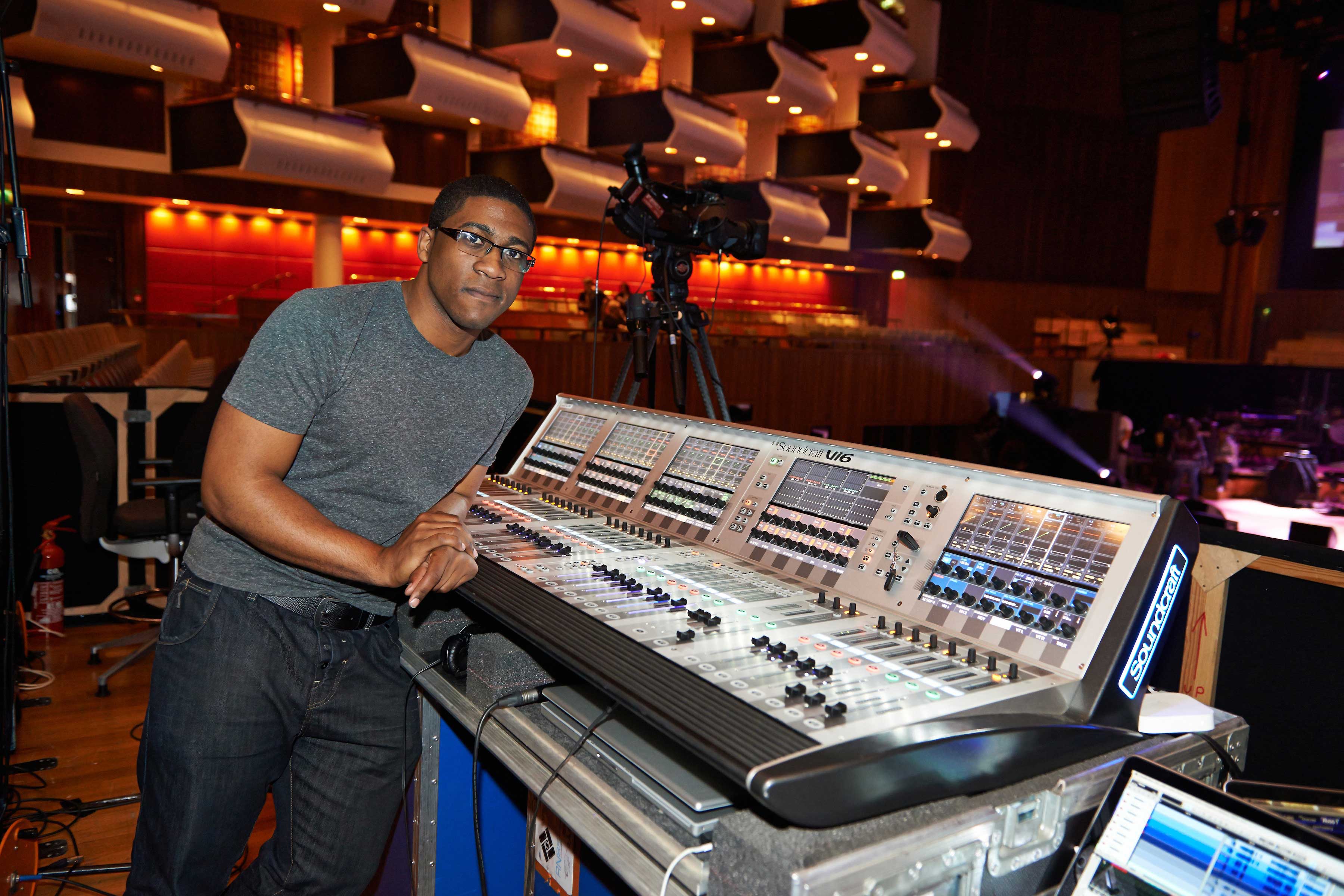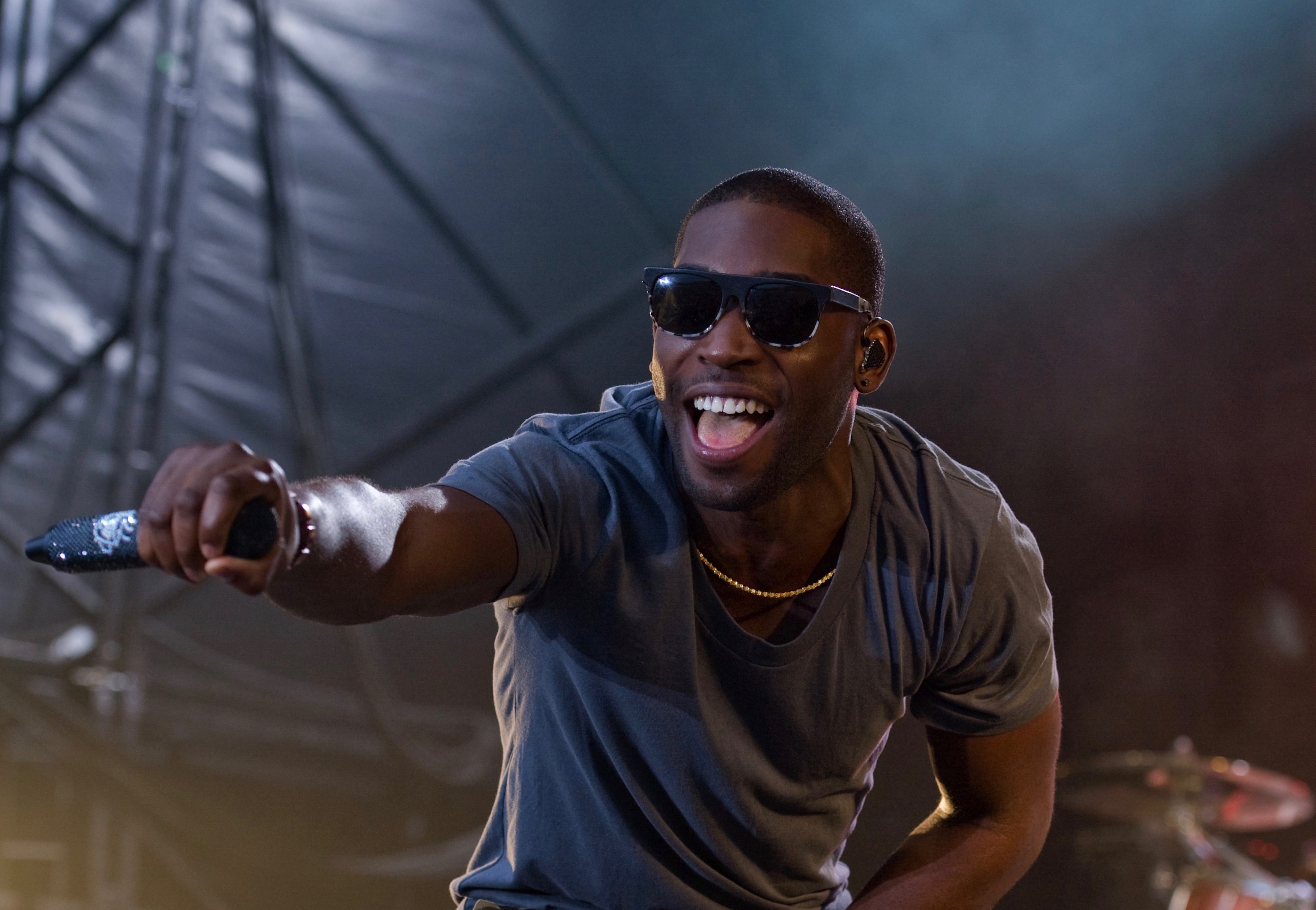We’ve all seen the video by now: Mariah Carey suffered a rather unfortunate New Year’s Eve performance, made all the worse by the fact that she was booked as the star attraction of Dick Clark’s New Year’s Rockin’ Eve show as a part of the annual ball drop event. Broadcast live from New York City's Times Square, over 35 million viewers tuned in to see 2016’s final f**k you to the entertainment industry: Carey was having some major technical issues, and no amount of flesh-covered leotard was going to hide it.
While some speculated that perhaps the singer had not completed a proper sound check or rehearsal prior to taking the stage, others questioned why someone who is said to boast a five-octave vocal range should mime at all, most seemed to agree that Carey’s in-ears were not working, leaving her unable to hear the backing track.
Either way, she was not happy.
After the event the singer’s manager, Stella Bulochnikov, had a few choice four letter words for the show’s producers, claiming that they repeatedly ignored the songstress’ concerns about technical issues prior to taking the stage, suggesting the performance was intentionally sabotaged in order to gain higher ratings.
“I will never know the truth, but I do know that we told them three times that her mic pack was not working. It was a disastrous production,” Bulochnikov told Us Weekly magazine. “They did not have their act together.”
In an interview with Entertainment Weekly, Bulochnikov went into more detail:
“Not only did she not ditch rehearsal, we got to Times Square at 2:30. We had the stage from 3.20 to 3.50. The most important thing to her was the sound.”
Bulochnikov claims that Carey and her team told the producer numerous times leading up to midnight that she was struggling to hear, only to be told that that the in-ears she would be using on stage would be different.
“We told both stage managers – remember this is not our production team, we’re out-sourcing our team, which we never do — we told them the mic pack was not working,” Bulochnikov continued. “They brought her a new one, and that one didn’t work either; the mic pack was dead. They changed the battery pack. She said she still couldn’t hear. Then things start to get chaotic.
“So, right when it goes live, she can’t hear anything. There’s noise from Times Square and the music is reverberating from the buildings — all she hears is chaos. She can’t hear her music. It’s a madhouse. At the point, there’s no way to recover.”
Carey since used Twitter to upload a 90-second recording, where she said:
"It's a shame that we were put into the hands of a production team with technical issues who chose to capitalise on circumstances beyond our control. It's not practical for a singer to sing live and be able to hear themselves properly in the middle of Times Square with all the noise, the freezing cold, the smoke from the smoke machines, and thousands of people celebrating – especially when their ear monitors were not working at all. They foiled me, thus it turned into an opportunity to humiliate me.”
Dick Clark Productions, which produced the show, was quick to issue its own statement:
"To suggest that DCP would ever intentionally compromise the success of any artist is defamatory, outrageous and frankly absurd. In very rare instances there are of course technical errors that can occur with live television, however, an initial investigation has indicated that DCP had no involvement in the challenges associated with Ms. Carey's New Year's Eve performance."


